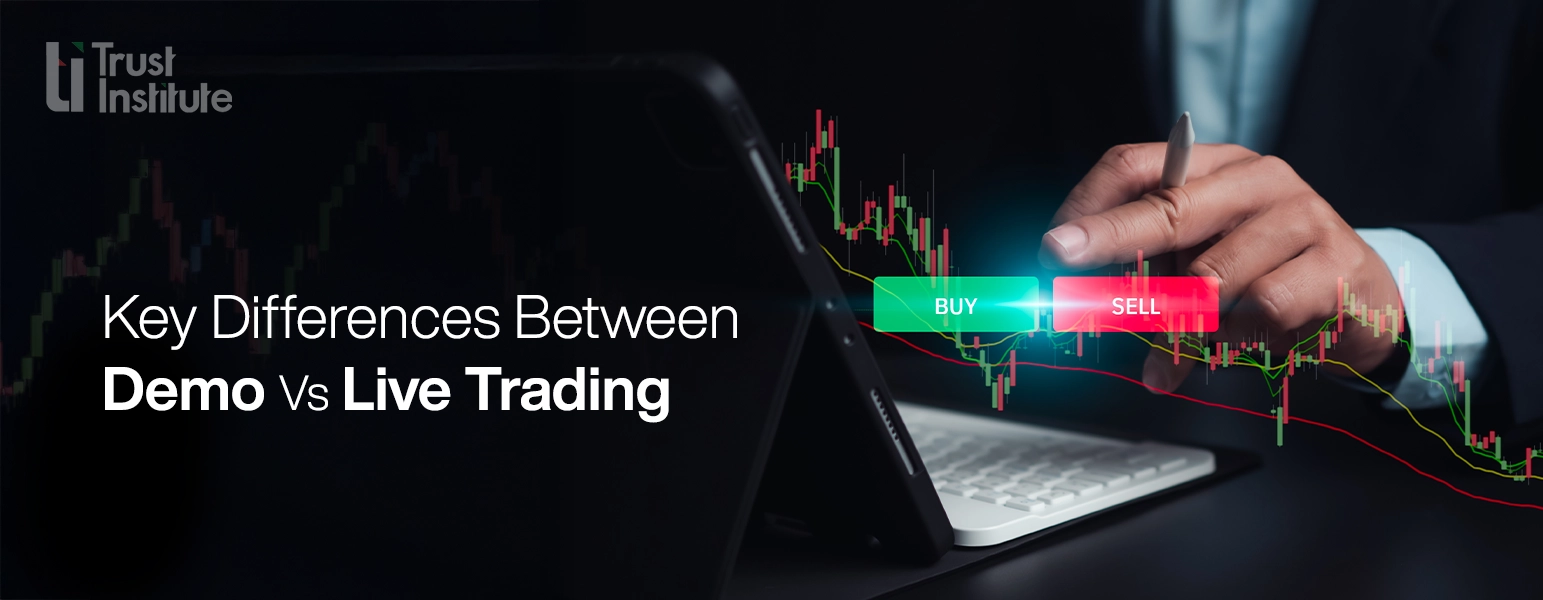Explore the world of financial trading and
gain the knowledge and tools for success with our expertly
written articles and blogs.

How Traders Can Turn Market Volatility Into Profit

In the financial world, one thing is certain: volatility is inevitable. Markets rise and fall, sometimes without warning, driven by economic data, geopolitical tensions, or shifts in investor sentiment. While beginners often fear the chaos, seasoned traders see it differently. For them, volatility isn’t just a challenge; it’s an opportunity in a financial market crisis to unlock profit.
Understanding Market Volatility
Market volatility refers to the sharp and frequent fluctuations in asset prices within a specific period. During times of crisis, such as recession fears, inflation spikes, or global conflicts, these price swings become more pronounced. While uncertainty prevails, market volatility presents trading opportunities for traders who can accurately interpret the market.
Volatile markets don’t necessarily mean losses. In fact, they often signal potential profit from market volatility, provided you know how to manage risk and time your entries wisely.
Turning Crisis into Trading Opportunity
A sudden market downturn or a geopolitical shock can appear disastrous at first glance. However, these moments often mark the beginning of major trading opportunities. The key lies in turning a crisis into a trading opportunity through smart positioning and strategic thinking.
- Look for Overreactions – Markets often overreact to news, driving prices well beyond their true value. Traders can exploit this by identifying temporary extremes and planning reversal trades once the dust settles.
- Trade with Trend Confirmation – When volatility spikes, trends become more visible. Wait for confirmation before entering a trade to avoid false signals.
- Diversify Across Asset Classes – Forex, commodities, and indices don’t always move in sync. A sharp drop in one market can create a profitable opportunity in another.

This is where the best crisis investing strategies in forex come into play — leveraging currency pairs that typically strengthen when others weaken, such as USD or JPY during market uncertainty.
Top Trading Strategies for Volatile Markets
Successful traders understand that volatile markets require discipline and strategy. Here are some proven trading strategies for volatile markets to consider:
- Scalping and Short-Term Trading – In highly volatile sessions, small but frequent trades can accumulate steady profits. Forex scalpers especially benefit from short bursts of price movement.
- Hedging – Reduce risk exposure by taking offsetting positions. For example, if you hold a long position in equities, you might hedge with a short position in a correlated index or currency pair.
- Breakout Trading – Volatility often causes prices to break through established support or resistance levels. Spotting these breakouts early allows traders to catch strong price moves.
- Swing Trading – Medium-term traders can take advantage of price swings by holding positions over several days, capitalizing on momentum shifts caused by volatility spikes.
In essence, the goal is not to avoid volatility but to profit from market volatility by adapting your approach and using risk management tools effectively.
Risk Management: The Core of Volatility Trading
While the potential for reward is higher during volatile times, so is the risk. Without a solid risk management plan, even experienced traders can face heavy losses.
- Use Stop-Loss Orders: Protect capital by setting strict stop-loss levels.
- Limit Leverage: High leverage can amplify both gains and losses — trade cautiously.
- Stay Informed: Economic calendars and market news releases can help anticipate volatility spikes.
Learning how traders profit during volatility starts with preparation and emotional control. The ability to stay calm when markets move sharply separates professional traders from the rest.
Conclusion
In every market downturn lies a hidden advantage. The traders who succeed are not those who fear volatility, but those who embrace it, strategize, and execute with precision. Whether through forex, commodities, or indices, there are countless market volatility trading opportunities waiting for those ready to act.
Remember: crisis and opportunity are two sides of the same coin. By learning how to trade market volatility with discipline and insight, you can turn every market shake-up into a stepping stone toward consistent profit.
All blogs
©TRUST TRAINING AND DEVELOPMENT INSTITUTE 2025
Disclaimer: Trust Institute is a KHDA-licensed educational institution based in Dubai, UAE. All training programs, materials, and content offered through our website and in-person sessions are provided strictly for educational purposes. We do not offer financial or investment advice, and we do not engage in or promote any trading activity.
Our courses are designed to increase knowledge and understanding of financial markets. Trust Institute is not a brokerage firm, does not manage client funds, and does not participate in any trading on behalf of its students.
Participation in financial markets, including Forex trading, involves significant risk and may not be suitable for everyone. Individuals are encouraged to conduct their own research and consult with licensed financial professionals before making any financial decisions.
By accessing our content or enrolling in our courses, you acknowledge and accept that Trust Institute is not liable for any financial outcomes resulting from the application of educational material shared. You agree that your use of this information is at your own discretion and responsibility.
Trust Institute is fully licensed and regulated by the Knowledge and Human Development Authority (KHDA) in Dubai, United Arab Emirates.






































